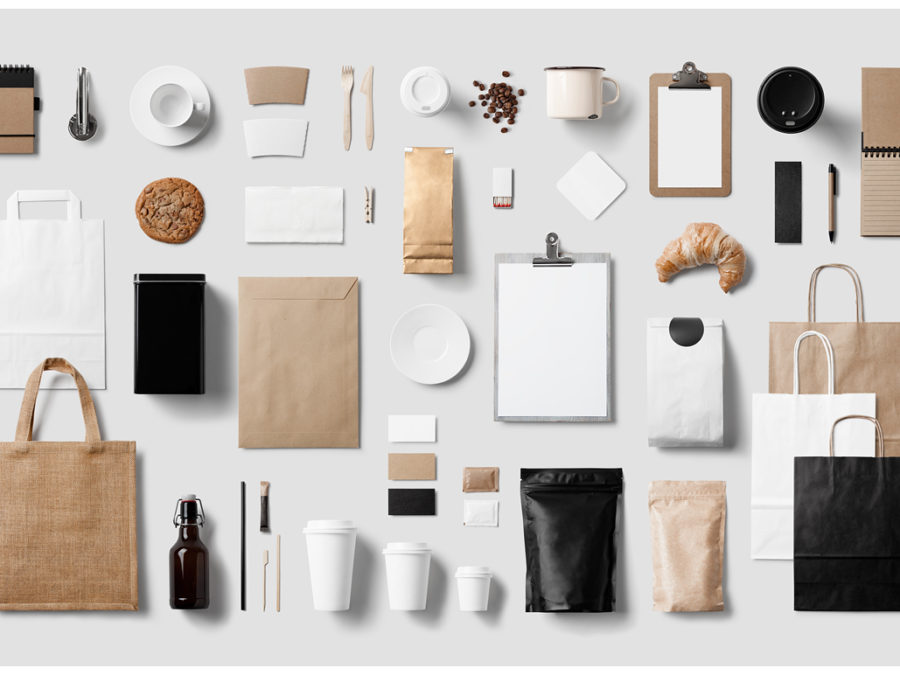Building brands through packaging design is both inevitable and essential. Even when packaging is not thought of in those terms, it is a fundamental part of the branding process. Consumers receive the verbal and nonverbal messages of packaging through shape, colour, material, design and value proposition. If there is no value, little can be done to attract consumers. In short, the purpose of every brand is to create value and preference, and so is the purpose of packaging. Product package design let consumers be led to decide if the brand has something meaningful to say. Absolutely everything that happens to a package is part of the brand. The good and the bad things. Also the ones that have been planned or neglected. Brands always build identity through their packaging design and those who do it consciously make the difference. This is an invitation to reflect on all aspects of package communication, taking design as an ally of the whole process and not considering it as a simple decoration.
01 What can packaging design achieve?
The practical function of a package is mainly to contain and protect. But is that enough to make a sale? 包裝設計 HAS THE POWER TO CREATE A BRAND FROM ITS PACKAGE. Design is the tool to reach the heart of consumers and awake their senses. It allows us to communicate on the outside what is inside the packaging in an original way. But packaging communicates much more than just its contents. Packaging provides us with a number of multisensory stimuli that predispose condition and communicate long before their content does. Packaging generates expectations.
When we buy something, we expect it to be exactly what we had imagined. No one likes to be disappointed. Why should a consumer tolerate disappointment? All the decisions we make about the choice of packaging design are decisive in the perception of the product. With design, we control the experience so that it can become part of the brand heritage. In order to trigger the purchase, the package must create a bond of trust with the consumer. The confidence in a brand is gained when the consumer finds inside what the packaging design promises from the outside.
02 What is packaging for?
The most common definition one can find is the following: P + P + C (Preserve + Protect + Contain)
Is a package that simply complies with all the requirements mentioned before enough to market a product? This package preserves, protects and contains what is inside it. Is that enough? Really? Will it motivate someone to buy it? What is it? What’s inside it?
The format already gives us a clue to guess what kind of product it might be, but something else is missing. If the problem is that you don’t know which product it is, then all you have to do is put a descriptor expressing what it is. Here you are: This package preserves, protects, contains and communicate what is inside it. Will anyone want to buy it? Probably if it is the only alternative available or because of an attractive price, but surely it will not sell as much as if it had an attractive design and won’t help to create a valuable brand.
The main problem is that it does not convey the values expected in this type of product and category. It does not connect with consumers’ expectations or generate trust. Is very unlikely someone trust in something that doesn’t know where it comes from, who manufactures it or has a relevant design proposal. It doesn’t matter whether it says milk, wine, water or soup. If you don’t have a category code that helps you identify it, it’s unlikely that anyone will want to buy it.
In short, packages do much more than protect, preserve and contain.


